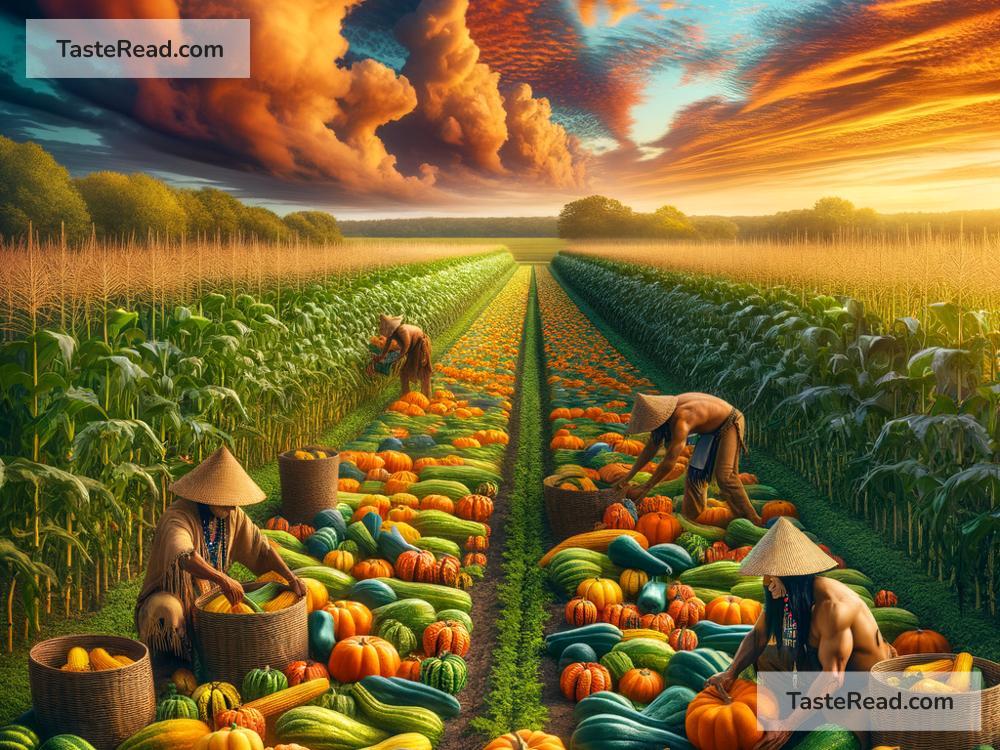The Curious Story of Squash in Indigenous Agriculture
Squash is more than just a vegetable. It carries a fascinating history that tells the story of how Indigenous peoples shaped agriculture, food traditions, and the environment for thousands of years. You might think squash is just something you carve on Halloween or eat in a casserole. But did you know that squash has been cultivated for thousands of years and was a staple crop for many Indigenous communities across the Americas?
Let’s take a journey to explore the curious story of squash and its role in Indigenous agriculture.
A Crop with Ancient Roots
Squash is among the oldest cultivated plants in the world. Scientists believe Indigenous farmers in central Mexico first domesticated squash over 10,000 years ago. Early squash wasn’t grown for its delicious flesh like we eat today. Instead, it was cultivated for its tough and durable seeds. These seeds were rich in oil and protein, making them a valuable source of nutrition for early humans.
Over time, Indigenous farmers began selecting squashes that had softer flesh and thicker rinds. They created varieties we now know as pumpkins, zucchinis, and other types of squash. These farmers didn’t just grow the squash—they improved it, shaping its growth through centuries of intentional cultivation.
Squash and the “Three Sisters”
Squash wasn’t grown alone. It was part of a clever farming technique called the “Three Sisters.” Indigenous peoples figured out that squash, corn, and beans work beautifully together when planted in the same area. Each “sister” helps the others grow stronger and healthier.
Corn grows tall and straight, acting as a natural pole for climbing bean vines. Beans add nitrogen to the soil, which helps all the plants grow better. Squash, with its big leaves, spreads across the ground, keeping the soil moist and acting almost like a living mulch that prevents weeds from taking over. Together, these three crops formed a perfect balance. They provided food, protected the earth, and made farming easier.
The Three Sisters weren’t just about farming—they reflected the values of Indigenous communities. They symbolized harmony, cooperation, and the importance of working together. Squash, corn, and beans were planted not just as crops but as a living example of how to care for the land and each other.
Squash in Daily Life
For Indigenous communities, squash wasn’t just food—it was a way of life. Squash could be eaten fresh, roasted, boiled, or dried for storage. Its seeds were ground for oil, and its tough rinds were used as containers, bowls, and even musical instruments. Every part of a squash plant had a use.
In addition to its practical value, squash played a role in rituals and storytelling. Some Indigenous cultures believed squash plants held spiritual significance, representing life, fertility, and the interconnectedness of all living things. Farming squash wasn’t just a task—it was a way to honor the earth and the gifts it provided.
Squash seeds were also highly valued for trade. Indigenous nations traded them with one another, spreading squash varieties across the continent. This exchange of seeds wasn’t just a transaction; it connected communities and helped build relationships founded on mutual trust and cooperation.
The Challenges of Change
With the arrival of Europeans in the Americas, Indigenous agriculture faced dramatic changes. European settlers brought their own farming methods and prized crops like wheat and barley. They often dismissed Indigenous farming techniques, including the Three Sisters, as unsophisticated. This attitude was misguided—Indigenous agricultural systems were deeply sustainable and perfectly adapted to their environments.
For a time, squash farming waned in importance as European crops took center stage. But squash’s resilience proved powerful. It continued to be cultivated by Indigenous peoples, even when their land and farming traditions were threatened by colonization. Squash also made its way into European diets and eventually became a key part of global cuisine.
Today, the story of Indigenous agriculture—including squash—is being reclaimed and celebrated. Indigenous communities are sharing their farming knowledge and reviving traditional crops. Squash, with its deep roots in history, remains central to this effort.
Lessons from Squash
What can we learn from squash and its story? First, it teaches us the value of collaboration. Just as squash thrives alongside corn and beans, we thrive when we work together with others—and with nature. Squash also shows us the importance of resilience. Despite centuries of change, squash has survived and adapted, much like the cultures that cultivated it.
Finally, the story of squash reminds us to honor the wisdom of Indigenous peoples and the sustainable practices they’ve developed over thousands of years. Squash isn’t just food—it’s a symbol of harmony, creativity, and respect for the earth.
The next time you eat squash, think about its long journey. It’s not just a vegetable—it’s a piece of history, a connection to ancient traditions, and a reminder of the power of ingenuity and teamwork. The curious story of squash in Indigenous agriculture is not just about farming—it’s about culture, community, and the enduring relationship between people and plants.


